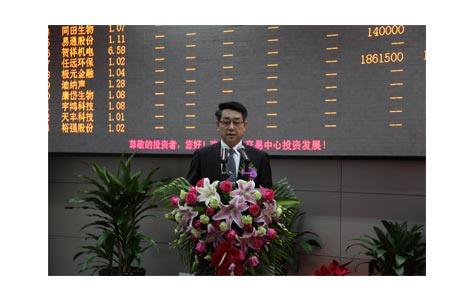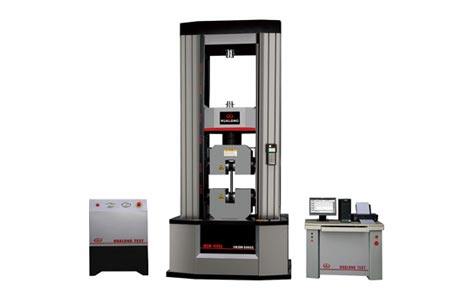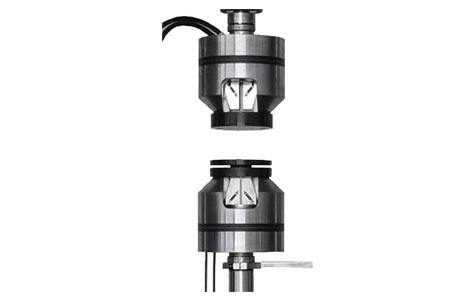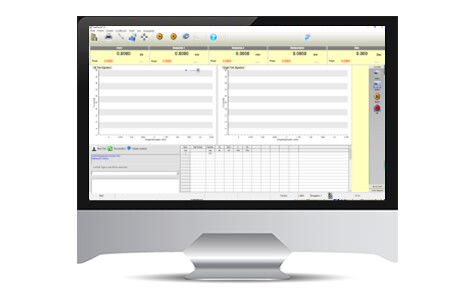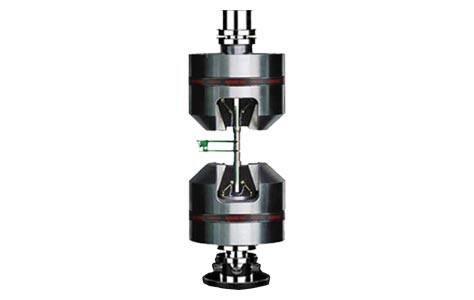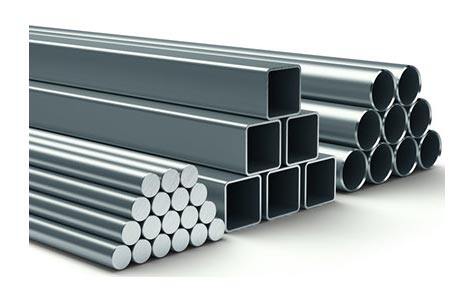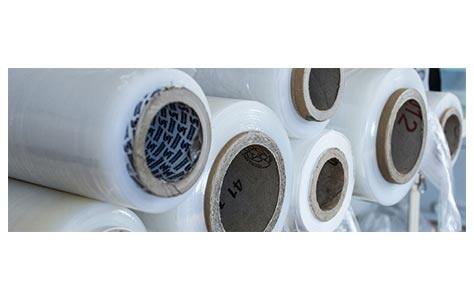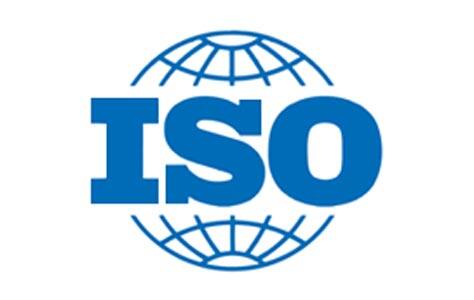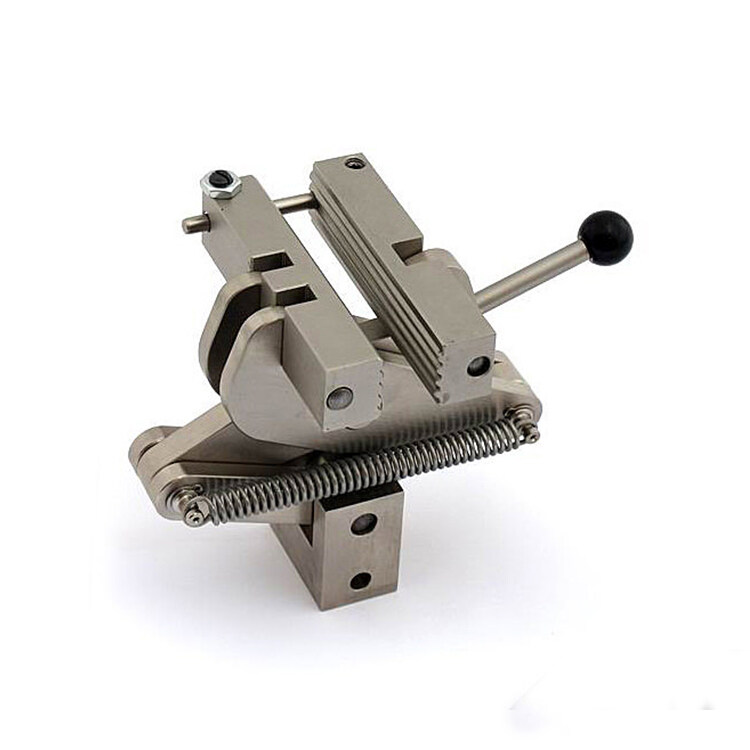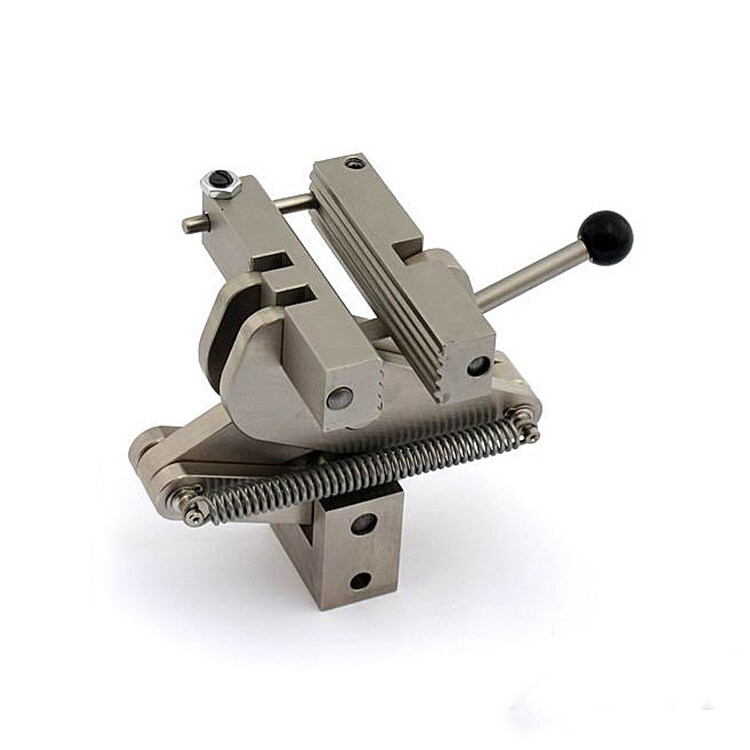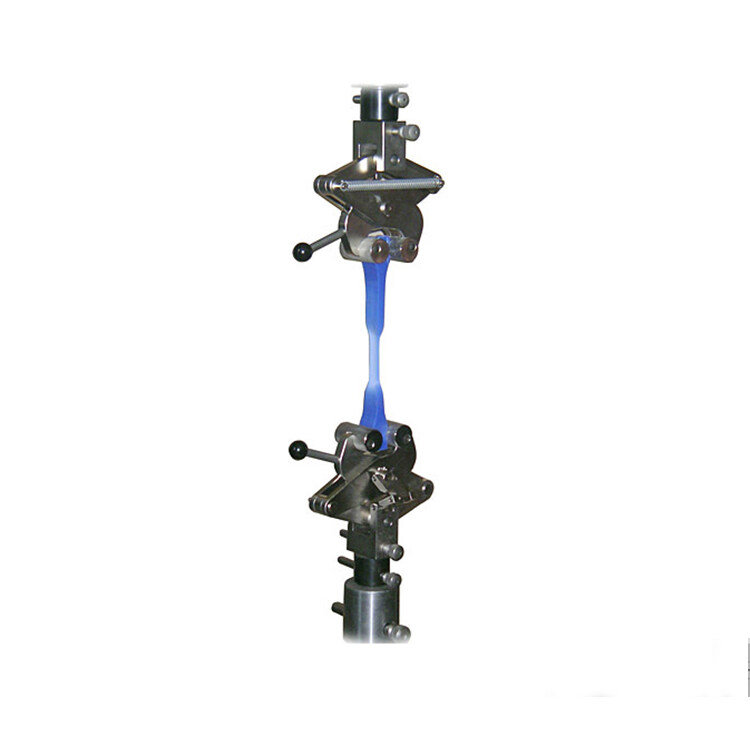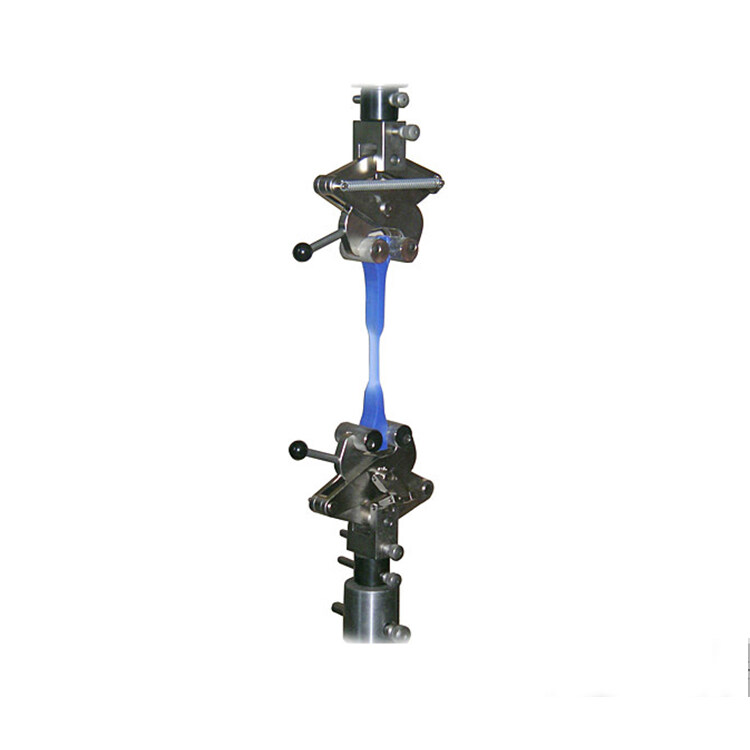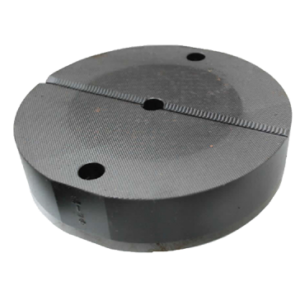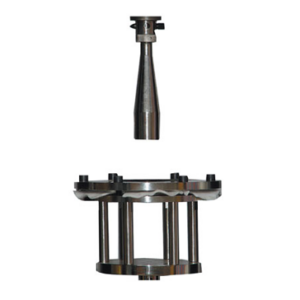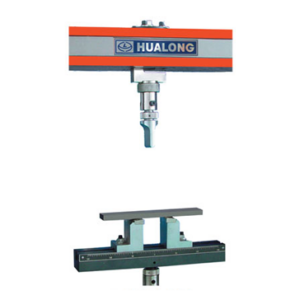1. Introduction:
It is used primarily for testing highly elastic, soft, elastic specimens: plastics and elastomers, films, rubber, etc. with a tensile force of 20 kN.
Opening and closing is carried out by means of a lever. The scissor effect creates a prestressing force at the start of the test. Thanks to the scissor principle, an automatic clamping occurs with increasing tensile force – an advantage for specimens that narrow during the test. Equipped with a lock function.
Clamping jaws have different types of surfaces:
-smooth (G);
-serrated pyramidal (Z);
-notched V-shaped (ЗV), for all types of round samples;
-wavy (B);
-roller with a serrated surface (RZ), used for specimens of the “bone” shape;
2. Specification:
|
Indicators
|
AT
|
W
|
KZ
|
ZV
|
AT
|
|
Clamping jaw surface
|
Smooth (B)
|
Gear (Z)
|
Round gear (KZ)
|
Toothed V-shaped (ЗV)
|
Wavy (B)
|
|
Max. tensile load, kN
|
Twenty
|
|
Opening size, mm
|
0-25
|
0-25
|
0-20
|
4-16
|
0-25
|
|
Sample width, no more than, mm
|
50
|
|
100
|
|
Jaw size, mm
|
25×50
|
25×50
|
Ø25×52
|
Ø 4 to 15
|
25×50
|
|
25×100
|
25×100
|
–
|
–
|
25×100
|
|
Dimensions. mm
|
160.2×123
|
|
When using sponges with a width of 100 mm, the tensile force is reduced to 10 kN.
|

